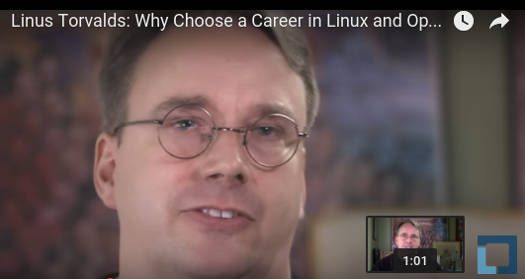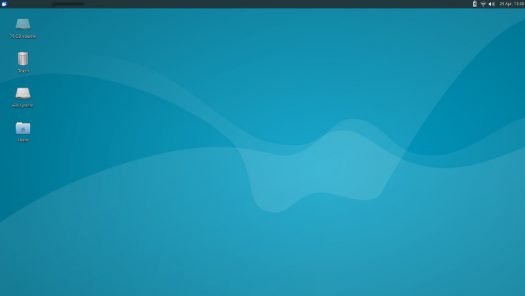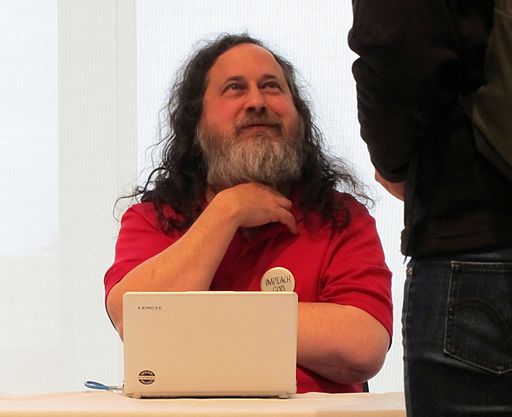You don’t have to be a rocket scientist to understand what’s wrong with the proposed federal court updates to Rule 41.
Anyone who’s even halfway following the news of the proposed updates to Rule 41 probably can’t help but be struck by the irony of the situation. It’s actually humorous, in a Vonnegutian tragicomic sort of way.
In case you haven’t been following the news, the proposed changes from the advisory committee on criminal rules for the Judicial Conference of the United States would update Rule 41 of the Federal Rules of Criminal Procedure and broadly expand law enforcement’s legal authority when it comes to hacking and surveillance. The Supreme Court has already passed the proposal to Congress, which must disavow the changes by December 1 or it becomes the governing rule for every federal court in the country.


 This isn’t the first time they’ve done this. Last year they handed out $125,000 to five projects — meaning that this year they’ve nearly doubled down on their bet. Last year’s donations included money going to the Electronic Frontier Foundations Privacy Badger — a browser add-on that stops advertisers and other trackers from following users — and Girl Develop It for its Open Source Mentorship program.
This isn’t the first time they’ve done this. Last year they handed out $125,000 to five projects — meaning that this year they’ve nearly doubled down on their bet. Last year’s donations included money going to the Electronic Frontier Foundations Privacy Badger — a browser add-on that stops advertisers and other trackers from following users — and Girl Develop It for its Open Source Mentorship program.








